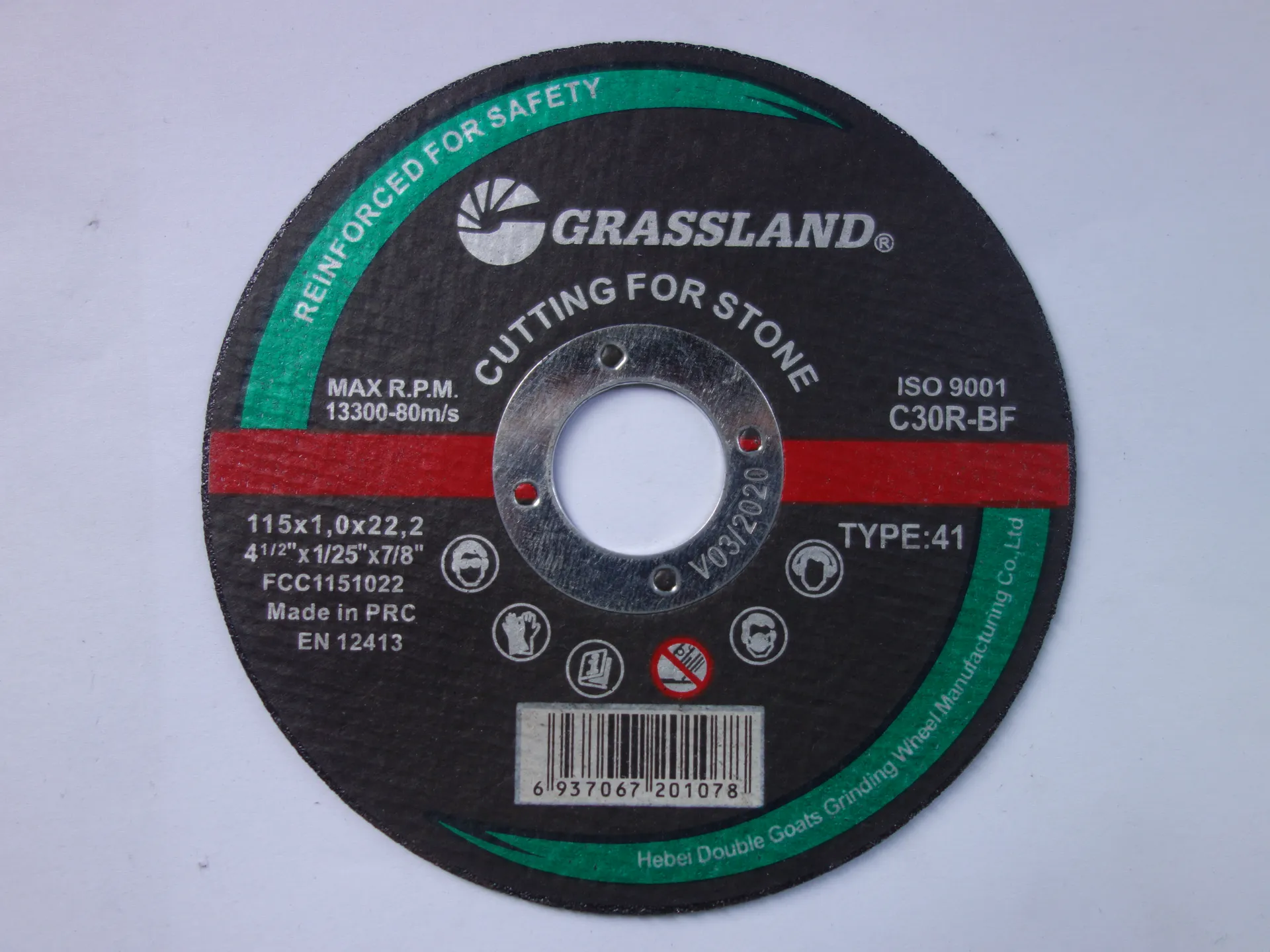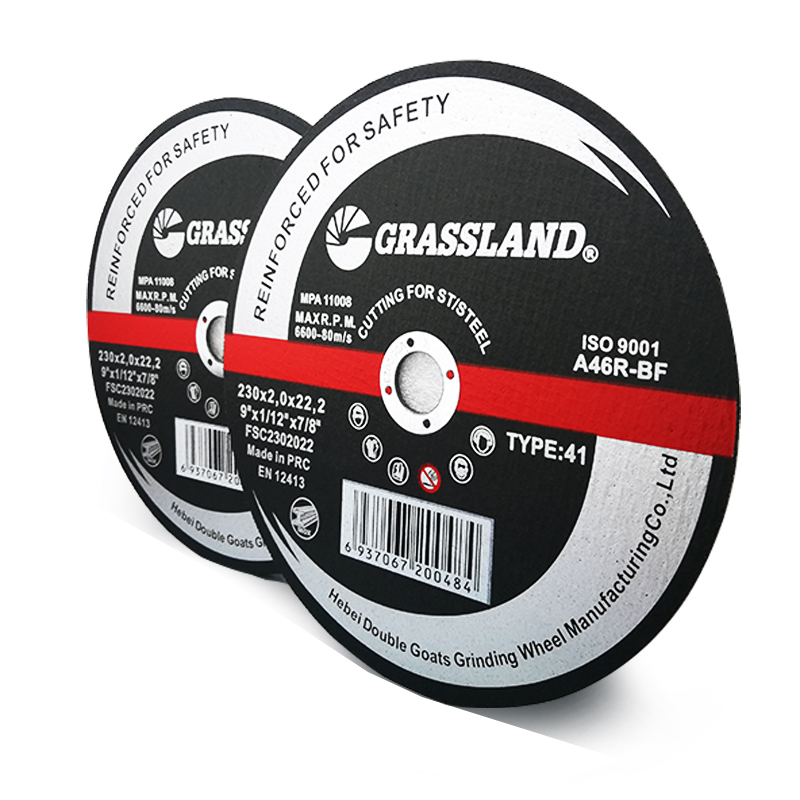

4. Diamond Discs Typically synonymous with cutting tile or masonry, diamond discs are also valuable in the metalworking industry. They offer a unique advantage in cutting through dense materials such as cast iron and reinforced steel. These discs feature industrial diamonds embedded in their edges, offering extreme durability, but they are generally pricier, fitting best in specialist or high-volume applications where longevity offsets cost. 5. Resin-bonded Cutting Discs These discs utilize a combination of resin and abrasive materials pressed together, offering an inexpensive and versatile choice for various cutting tasks. While their wear rate might be higher compared to bonded alternatives, they provide accurate cuts that are vital for welding prep and when precision is a priority. When selecting the appropriate disc, the user must consider the metal type, thickness, and the specific needs of the project. Moreover, understanding the angle grinder's specifications and matching discs to the tool’s RPM can optimize both safety and performance. Ensuring the longevity of your cutting discs involves proper storage away from moisture and extreme temperatures, as well as using the right disc for the material at hand. Resistance to deformation and excessive wear is highly dependent on ensuring appropriate usage conditions, proper pressure application, and maintaining consistent speed. Ultimately, having a comprehensive understanding of the various cutting discs, supported by technical expertise and real-world application, bolsters your reliability and proficiency in metal cutting tasks. Selecting the right disc not only influences the quality and speed of your work but also significantly impacts safety, as improper disc choices can lead to potential hazards. Mastery in choosing and utilizing cutting discs is a blend of knowledge, skill, and experience, drawing from both technical specifications and practical application techniques.
Post time:Jan - 21 - 2025

















